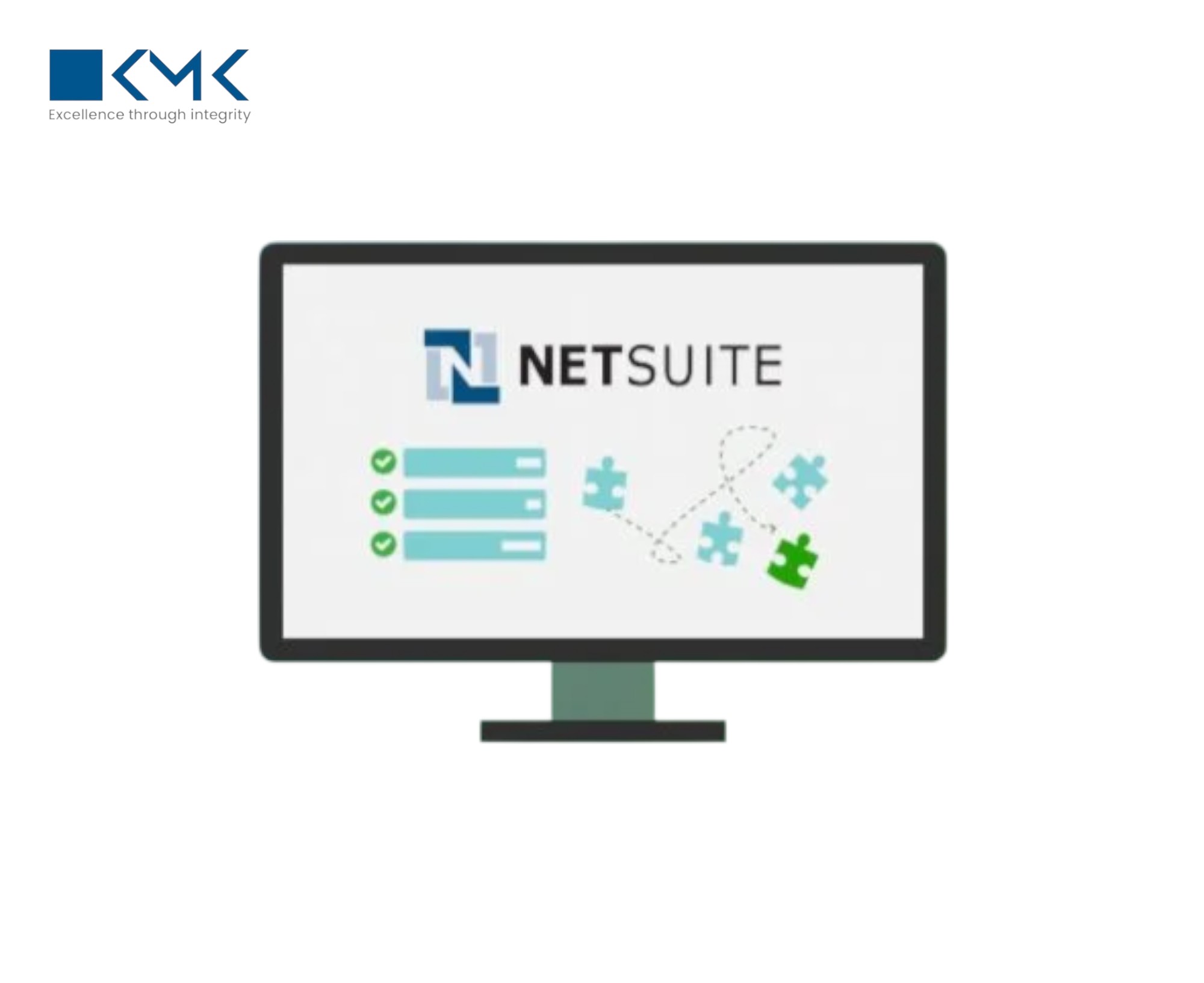In today’s fast-moving digital economy, accounts payable automation is no longer a luxury—it’s a necessity. But while automation promises better efficiency, cost savings, and streamlined operations, many US businesses face hurdles when adopting and optimizing their systems. So, what are these common AP automation challenges? And more importantly, how are companies overcoming them—especially when using powerful solutions like NetSuite accounts payable automation? Let’s unpack these questions and discover practical strategies to help your business get the most out of AP automation.
What Makes Accounts Payable Automation So Essential?
Before diving into the challenges, let’s briefly understand the value of AP automation:
-
Cuts manual work and paperwork
-
Reduces processing time and errors
-
Strengthens internal controls and compliance
-
Improves vendor satisfaction with faster payments
-
Provides better visibility into cash flow
Platforms like NetSuite help manage the end-to-end process of accounts payable, but the path to automation isn’t always smooth.
Common AP Automation Challenges and How US Businesses Solve Them
1. Data Entry and Integration Issues
One of the most frequent issues businesses face is inconsistent or inaccurate data entry. Legacy systems often don’t talk to each other, creating bottlenecks and errors.
Solution:
US companies are increasingly turning to cloud-based ERP platforms like NetSuite. With seamless data syncing and built-in OCR (Optical Character Recognition), invoices are auto-captured and matched with existing purchase orders.
Bonus Tip:
When evaluating an accounts payable services company, ensure they provide integration support for your current ERP, procurement, and accounting systems.
2. Lack of Internal Buy-In and Resistance to Change
“Why change what’s working?” is a common sentiment, especially in finance departments accustomed to manual processes.
Solution:
Companies that succeed in automation invest in change management and team training. They also emphasize the benefits: faster processing, fewer errors, and better audit trails. Some even run pilot programs to show quick wins and build confidence.
3. Security and Compliance Concerns
Manual AP systems are prone to fraud, and automation must meet regulatory and data security standards—especially in highly regulated industries like healthcare and finance.
Solution:
Leading tools like NetSuite accounts payable automation offer role-based access controls, encrypted payment data, and built-in audit trails to support SOX and GAAP compliance. Businesses are also partnering with accounts payable services companies that specialize in secure AP processing.
4. Lack of Visibility into P2P Workflow
Without a clear view of the procure-to-pay (P2P) accounts payable process, it’s hard to manage spend, detect bottlenecks, or ensure timely payments.
Solution:
US companies are turning to P2P automation with real-time dashboards that show invoice status, approval delays, and vendor data—all in one place. This helps financial leaders make informed decisions and avoid payment delays.
5. Inefficient Approval Workflows
One of the biggest slowdowns in the AP cycle? Getting invoices approved—especially when multiple departments or managers are involved.
Solution:
Modern systems like NetSuite let businesses design custom approval workflows that route invoices automatically based on set rules. Mobile access also allows managers to approve invoices from anywhere, reducing delays.
6. Scaling Automation with Business Growth
What works for a 10-person company won’t always suit a growing enterprise. As businesses scale, so does the complexity of their AP.
Solution:
Many US businesses are choosing cloud-native solutions that support growth without needing full IT overhauls. NetSuite accounts payable automation, for example, grows with your business—adding new vendors, departments, or regions without major disruptions.
7. Choosing the Wrong AP Automation Partner
Not all AP solutions or service providers are created equal. Some lack industry experience, while others provide one-size-fits-all tools that don’t meet your unique needs.
Solution:
Top-performing US businesses work with an accounts payable services company that:
-
Understands their industry
-
Offers tailored NetSuite automation setups
-
Provides dedicated onboarding and support
-
Focuses on optimizing the end-to-end process of accounts payable
Key Features That Help Overcome AP Automation Challenges
When selecting an AP automation solution, look for these must-have features:
-
Invoice Capture with OCR
-
3-Way Matching Capabilities
-
Custom Approval Workflows
-
Audit Trail and Compliance Logs
-
Real-Time Reporting and Analytics
-
ERP Integration (e.g., NetSuite)
-
Cloud Access and Mobile Compatibility
These features not only address today’s challenges but also help future-proof your AP process.
Future Outlook: What’s Next for AP Automation in the US?
As the shift to digital finance continues, automation is expected to evolve even further. Emerging trends include:
-
AI-powered anomaly detection to spot fraudulent invoices
-
Touchless AP processing, where systems auto-approve invoices within defined rules
-
Predictive cash flow analysis powered by real-time AP data
Businesses that stay ahead of these trends are the ones embracing automation now—not waiting until it’s too late.
Final Thoughts: Build a Resilient AP Process
AP automation doesn’t just improve efficiency—it transforms your finance team into a strategic asset.
If your business is struggling with disconnected systems, delayed approvals, or limited visibility, it’s time to explore automation. With the right platform and partner, overcoming these challenges is not just possible—it’s profitable.
Start with a review of your current accounts payable process, then ask:
-
“Where are the biggest delays?”
-
“What are we still doing manually?”
-
“Can NetSuite help us simplify this?”
From P2P accounts payable automation to selecting the right accounts payable services company, the steps you take now will help you build a more agile, scalable, and secure AP function for the future.
